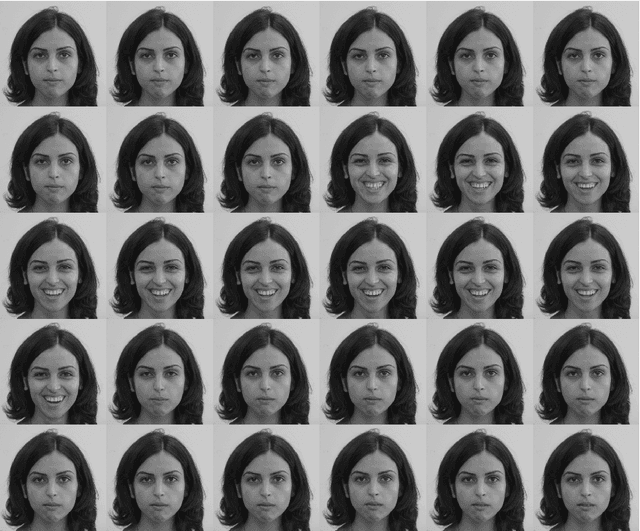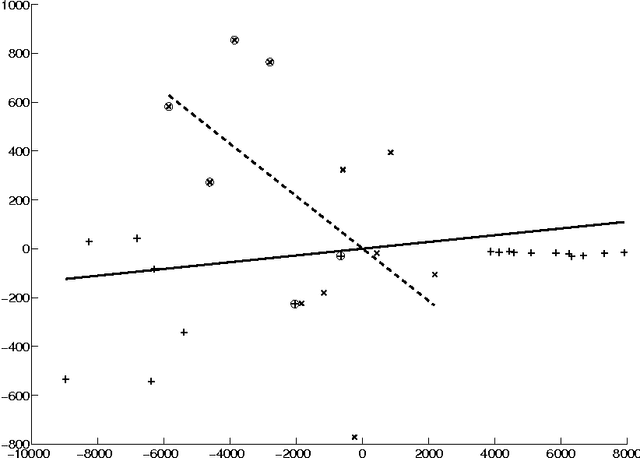Behnood Gholami
School of Aerospace Engineering, Georgia Institute of Technology
Gait Assessment for Multiple Sclerosis Patients Using Microsoft Kinect
Aug 10, 2015



Abstract:Gait analysis of patients with neurological disorders, including multiple sclerosis (MS), is important for rehabilitation and treatment. The Mircrosoft Kinect sensor, which was developed for motion recognition in gaming applications, is an ideal candidate for an inexpensive system providing the capability for human gait analysis. In this research, we develop a framework to quantify the gait abnormality of MS patients using a Kinect for Windows camera. In addition to the previously introduced gait indices, a novel set of MS gait indices based on the concept of dynamic time warping is introduced. The newly introduced indices can characterize a patient's gait pattern as a whole and quantify a subject's gait distance from the healthy population. We will investigate the correlation of gait indices with the multiple sclerosis walking scale (MSWS) and the clinical ambulation score. This work establishes the feasibility of using the Kinect sensor for clinical gait assessment for MS patients.
Segmentation of Facial Expressions Using Semi-Definite Programming and Generalized Principal Component Analysis
Jun 10, 2009



Abstract:In this paper, we use semi-definite programming and generalized principal component analysis (GPCA) to distinguish between two or more different facial expressions. In the first step, semi-definite programming is used to reduce the dimension of the image data and "unfold" the manifold which the data points (corresponding to facial expressions) reside on. Next, GPCA is used to fit a series of subspaces to the data points and associate each data point with a subspace. Data points that belong to the same subspace are claimed to belong to the same facial expression category. An example is provided.
 Add to Chrome
Add to Chrome Add to Firefox
Add to Firefox Add to Edge
Add to Edge